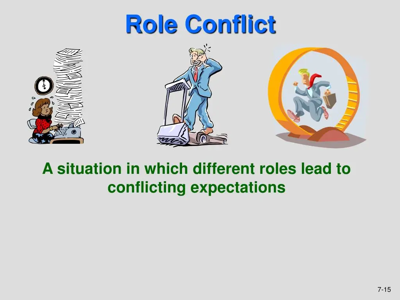
It is this magic of storytelling that catches the eye, awakens a feeling, and creates an impression that lingers long and keeps content marketing alive and well. Amongst these various attributes are questions as to what actually makes a story interesting. The important aspect of narrative is conflict. It creates suspense, instills curiosity, and makes the audience interested in the result. But in the digital era, where it is saturated with cancel culture, outrage baiting, and divisive rhetoric, it is an art to use conflict without being problematic.
When done right, conflict generates interest, which is motivation to explore. When it is done poorly, it can either drive away or damage your readers and brand. We will discuss the strategic and moral application of conflict to establish content that resonates, initiates a discussion, and causes repeat business.
Why Conflict Works in Content
Conflict exploits that primal part of human psychology, which is being predisposed to eliminate tension. Our brains want a solution, whether it is a dispute, a challenge, or a tough choice. In narratio, this inherent interest keeps individuals entertained.
Whether it is movies or blog posts, or social media reels, conflict is important in the creation of:
Emotional stakes
Memorable moments
Opportunities for transformation
Whenever a story puts forward a struggle or problem, an audience feels emotionally involved. They are interested in knowing what will happen. Such content is inherently engaging enough to encourage discovery as users share and comment, and find more related content.
Conflict vs. Controversy: Know the Difference
Many creators confuse conflict with controversy. The difference is important:
Conflict refers to a challenge, problem, or tension in a story or concept. It provokes thoughts, contemplation, and discourse.
The term controversy can be used in reference to controversial issues or material that is meant to create an emotional response- not always well-intended.
The idea is not to make people emotionally excited so that they can click. The aim is to create a good conflict to evoke interest and engagement that drives discovery and conscious of your audience.
Types of Healthy Conflict in Content
Here are a few ways to use conflict effectively without crossing the line:
Internal Conflict
Demonstrate personal hardships, uncertainties, or challenges. Indicatively, a founder who shared his/her experience with going through the hardships of failure to success contributes color and understanding. This motivates and puts your brand into people.
Industry Tensions
Talk about controversies or opposing opinions within your niche, e.g., does the creator have to post every day or consider quality? Be sensitive and just about the subject. Encourage open dialogue.
Audience Pain Points
Find the issue your audience is having and make it personal. Present your product, service, or message as the solution. This creates involvement that initiates exploration since you are solving real-life problems.
How to Keep Conflict Constructive
These best practices can prevent making it problematic:
Be respectful: Do not attack people and groups.
Add value: There must be a resolution, a lesson, or a takeaway to a conflict.
Short, straight to the point: Clickbait works for some time, but not forever.
On a more reflective note: While humor, truthfulness, and modesty can help ease mounting tension and contribute to relatability, they also require considerations on tone.
Properly executed conflict-based content makes your brand seem intelligent and aggressive- not provocative.
Real-World Examples of Conflict-Driven Engagement
YouTube creators have a tendency to make videos titled I tried this for 30 days. The struggle is the fight to accomplish a task- something that the viewers love to see done.
Companies such as Nike develop advertisements where the athletes are depicted triumphing over misfortune. Such a type of narration creates emotional appeal and action.
Respectful debates in podcasts also tend to involve more retention and shares, and consequently result in discovery via curiosity and discussion among the audience.
War is an effective weapon in the right place. It does not need to be loud, angry, and divisive. Rather, it may be nuanced, significant, and productive. By learning how to think about conflict, creators and brands are able to create content that is more meaningful and endures longer.
With attention as currency, it is a very clever idea to employ storytelling tension as a means of providing engagement that leads to discovery as a growth tactic in this age. You need only remember, be bold and not bitter. Be real, not reckless.


(0) comments
We welcome your comments
Log In
Post a comment as Guest
Keep it Clean. Please avoid obscene, vulgar, lewd, racist or sexually-oriented language.
PLEASE TURN OFF YOUR CAPS LOCK.
Don't Threaten. Threats of harming another person will not be tolerated.
Be Truthful. Don't knowingly lie about anyone or anything.
Be Nice. No racism, sexism or any sort of -ism that is degrading to another person.
Be Proactive. Use the 'Report' link on each comment to let us know of abusive posts.
Share with Us. We'd love to hear eyewitness accounts, the history behind an article.